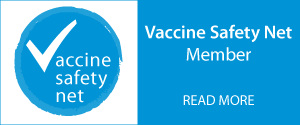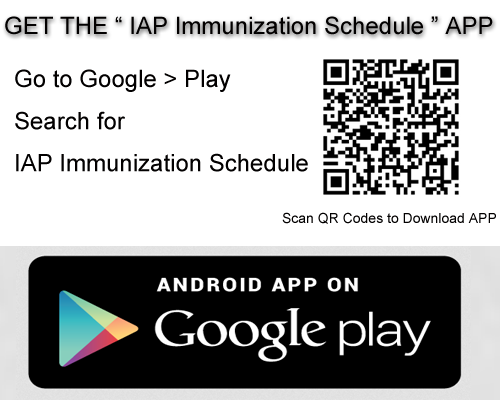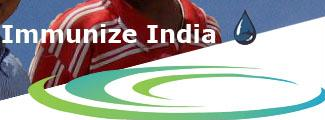Influenza vaccine
Routine vaccination:
- Minimum age:
- 6 months for inactivated influenza vaccine (IIV)
- 2 years for live, attenuated influenza vaccine (LAIV)
- Quadrivalent IIV is preferred over trivalent IIV
- IIV: Recommended for all children 6m to 5 years. From 6 to 18 years: only for the vaccination of persons with certain high-risk conditions. High-risk conditions include:
- Chronic cardiac, respiratory, hematological, renal conditions (incl Nephrotic syndrome), chronic liver disease, DM, Congenital & acquired immunodeficiency (incl HIV), Children on long term salicylates, Laboratory personnel & HCPs
- LAIV: Recommended for only healthy children aged 2-18 years.
- For most healthy children aged 2 through 18 years, either LAIV or IIV may be used.
- LAIV should NOT be administered to following category of children:
- Who have experienced severe allergic reactions to LAIV, any of its components, or to a previous dose of any other influenza vaccine;
- Children 2 through 17 years receiving aspirin or aspirin-containing products;
- Children with immunodeficiency;
- Children 2 through 4 years of age with asthma or who had wheezing in the past 12 months;
- Children with chronic medical conditions
- Children who have taken influenza antiviral medications in the previous 48 hours
- IIV: First time vaccination: 6 months to below 9 years: two doses 4 weeks apart; 9 years and above: single dose
- Annual revaccination with single dose.
- Dosage:
- IIV: 6 months onwards: 0.5 ml (15mcg/0.5ml)
- LAIV: see product insert of the available formulation
- Any child, less than 9 years of age, who has received less than two doses in the past should receive two doses again in this season.
- Any child, less than 9 years of age, who has received at least 2 doses in the past and the 2 doses may not have been given in the same season, should receive one dose in this season.
- It is recommended the most recent strain formulation of the vaccine, irrespective of the hemispheric recommendation.
- Best time to vaccinate:
- Before the onset of peak influenza activity
- In India, limited influenza activity is usually seen throughout the year with a clear peaking during the rainy season all over the country.
- The extreme northern part India has a peak in cooler winter months
- The rainy season in India is between June to August in all the regions except Tamil Nadu where it occurs from October to December.
- Hence, optimum time to vaccinate is the pre-monsoon period, May-June, with the latest available strain, which is the Southern Hemisphere (SH) strain.
- WHO classifies India under the ‘South Asia’ transmission zone of Influenza circulation which is more aligned with the SH strains.







